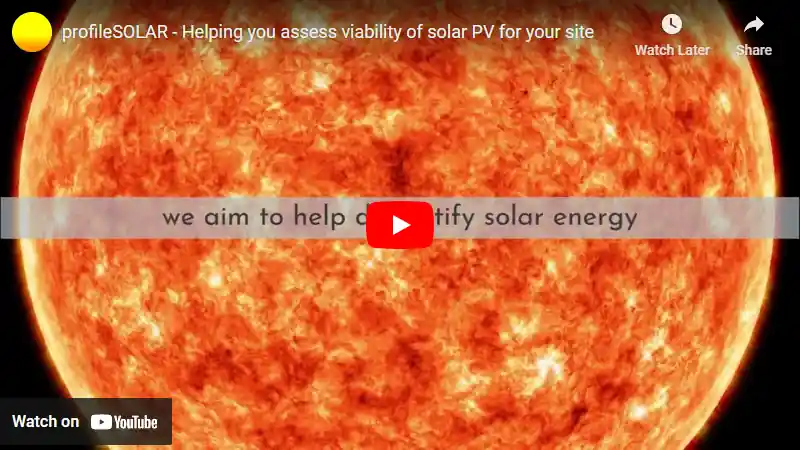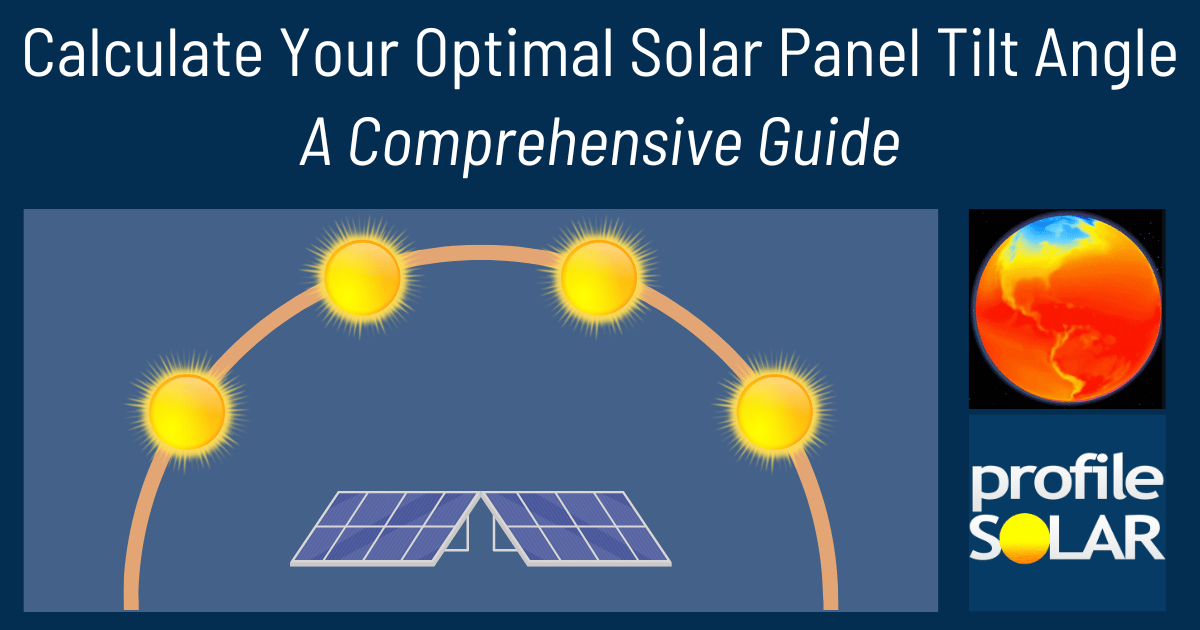

Lawrence, Kansas, United States, which is located in the Northern Temperate Zone, has varying potential for solar power generation throughout the year. The amount of energy that can be produced from solar panels depends on the amount of sunlight they receive, which changes with the seasons.
In simple terms, more sunlight means more energy. So during summer when days are longer and sunnier, you can expect to generate about 6.90 kilowatt-hours (kWh) per day for each kilowatt (kW) of installed solar capacity. This drops to around 4.22 kWh/day in autumn and further down to 2.75 kWh/day in winter when days are shorter and less sunny. In spring as days start getting longer again, it goes up to about 5.19 kWh/day.
So if you're planning on using solar panels at this location for a constant source of power all year round, it would be best to plan your energy usage accordingly or have an alternative source during autumn and winter.
Also remember that for a fixed panel installation at this location, tilting your panels at an angle of 34 degrees towards South will give you maximum total production from your solar setup across all seasons.
As far as local factors go that could affect your solar production - Lawrence is generally flat with no significant mountains or tall buildings that could block sunlight from reaching your panels; but it does experience varied weather conditions like rainstorms and snowfall especially in winter which could reduce sunlight exposure temporarily.
To ensure greater energy production despite these factors:
1) Consider installing a snow guard or similar device on your roof so accumulated snow doesn't cover up your panels.
2) Regular cleaning/maintenance schedule will help keep dirt or debris off the surface.
3) If possible install adjustable tilt mounts so you can change panel angles according to seasonal changes.
4) Use high-quality PV modules designed to perform well under different weather conditions including low-light and high temperatures.
Remember, local weather patterns and other factors can affect solar power production, so it's always a good idea to consult with a local solar installation expert to get the most out of your investment.
Note: The Northern Temperate Zone extends from 35° latitude North up to 66.5° latitude.
So far, we have conducted calculations to evaluate the solar photovoltaic (PV) potential in 905 locations across the United States. This analysis provides insights into each city/location's potential for harnessing solar energy through PV installations.
Link: Solar PV potential in the United States by location
Become the exclusive sponsor for Lawrence, United States!
Solar output per kW of installed solar PV by season in Lawrence
Seasonal solar PV output for Latitude: 38.9683, Longitude: -95.2695 (Lawrence, United States), based on our analysis of 8760 hourly intervals of solar and meteorological data (one whole year) retrieved for that set of coordinates/location from NASA POWER (The Prediction of Worldwide Energy Resources) API:




Ideally tilt fixed solar panels 34° South in Lawrence, United States
To maximize your solar PV system's energy output in Lawrence, United States (Lat/Long 38.9683, -95.2695) throughout the year, you should tilt your panels at an angle of 34° South for fixed panel installations.
As the Earth revolves around the Sun each year, the maximum angle of elevation of the Sun varies by +/- 23.45 degrees from its equinox elevation angle for a particular latitude. Finding the exact optimal angle to maximise solar PV production throughout the year can be challenging, but with careful consideration of historical solar energy and meteorological data for a certain location, it can be done precisely.
We use our own calculation, which incorporates NASA solar and meteorological data for the exact Lat/Long coordinates, to determine the ideal tilt angle of a solar panel that will yield maximum annual solar output. We calculate the optimal angle for each day of the year, taking into account its contribution to the yearly total PV potential at that specific location.

Seasonally adjusted solar panel tilt angles for Lawrence, United States
If you can adjust the tilt angle of your solar PV panels, please refer to the seasonal tilt angles below for optimal solar energy production in Lawrence, United States. As mentioned earlier, for fixed-panel solar PV installations, it is optimal to maintain a 34° South tilt angle throughout the year.
| Overall Best Summer Angle | Overall Best Autumn Angle | Overall Best Winter Angle | Overall Best Spring Angle |
|---|---|---|---|
| 23° South in Summer | 43° South in Autumn | 54° South in Winter | 32° South in Spring |
Our recommendations take into account more than just latitude and Earth's position in its elliptical orbit around the Sun. We also incorporate historical solar and meteorological data from NASA's Prediction of Worldwide Energy Resources (POWER) API to assign a weight to each ideal angle for each day based on its historical contribution to overall solar PV potential during a specific season.
This approach allows us to provide much more accurate recommendations than relying solely on latitude, as it considers unique weather conditions in different locations sharing the same latitude worldwide.
Topography for solar PV around Lawrence, United States
Lawrence, United States, located in the state of Kansas, is characterized by a mix of flat plains and gently rolling hills. It is part of the Osage Plains and sits near the Kansas River. The area experiences a humid continental climate with hot summers and cold winters.
As for solar photovoltaic (PV) potential, large-scale solar PV systems require areas with high levels of sunlight throughout the year and large tracts of land that are relatively flat. Given Lawrence's geographical location in Kansas which receives ample sunlight throughout the year, it has good potential for solar energy production.
The flat plains around Lawrence would be ideally suited for large-scale solar PV installations. Specifically, underutilized or barren agricultural lands can be converted into solar farms without much topographical limitations or challenges.
However, feasibility also depends on other factors such as local zoning laws and regulations regarding renewable energy projects, proximity to transmission lines or grids for easy power distribution etc., which need to be looked into detail before setting up a large scale project.
It's worth noting that while Lawrence itself might not have extensive undeveloped land available due to its status as a city (with residential areas, commercial zones etc.), there may be suitable locations in nearby rural areas within Douglas County where Lawrence is located.
United States solar PV Stats as a country
United States ranks 2nd in the world for cumulative solar PV capacity, with 95,209 total MW's of solar PV installed. This means that 3.40% of United States's total energy as a country comes from solar PV (that's 26th in the world). Each year United States is generating 289 Watts from solar PV per capita (United States ranks 15th in the world for solar PV Watts generated per capita). [source]
Are there incentives for businesses to install solar in United States?
Yes, there are several incentives for businesses wanting to install solar energy in the United States. These include federal tax credits, state and local rebates, net metering policies, and renewable energy certificates (RECs). Additionally, many states have enacted legislation that requires utilities to purchase a certain amount of electricity from renewable sources such as solar.
Do you have more up to date information than this on incentives towards solar PV projects in United States? Please reach out to us and help us keep this information current. Thanks!
Feeling generous?

Share this with your friends!


Compare this location to others worldwide for solar PV potential
The solar PV analyses available on our website, including this one, are offered as a free service to the global community. Our aim is to provide education and aid informed decision-making regarding solar PV installations.
However, please note that these analyses are general guidance and may not meet specific project requirements. For in-depth, tailored forecasts and analysis crucial for feasibility studies or when pursuing maximum ROI from your solar projects, feel free to contact us; we offer comprehensive consulting services expressly for this purpose.
Helping you assess viability of solar PV for your site
Calculate Your Optimal Solar Panel Tilt Angle: A Comprehensive Guide
Enhance your solar panel's performance with our in-depth guide. Determine the best tilt angle using hard data, debunk common misunderstandings, and gain insight into how your specific location affects solar energy production.






